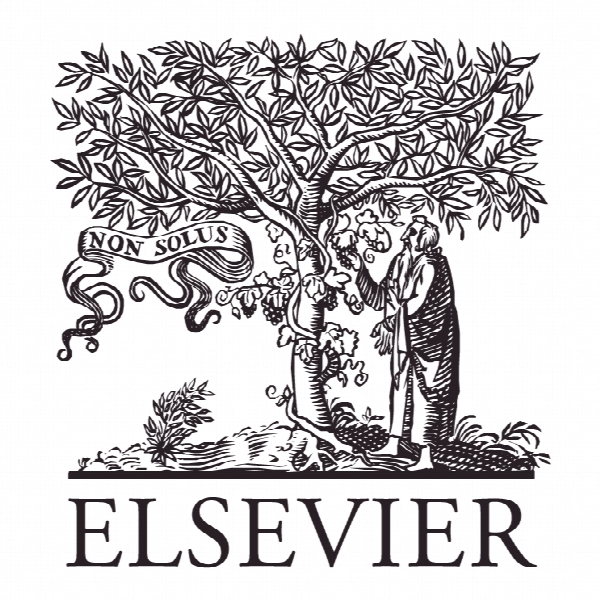پارک علم و فناوری و همکاری برای نوآوری: شواهد تجربی از اسپانیا Science and Technology Parks and cooperation for innovation: Empirical evidence from Spain
- نوع فایل : کتاب
- زبان : انگلیسی
- ناشر : Elsevier
- چاپ و سال / کشور: 2017
توضیحات
رشته های مرتبط مدیریت
گرایش های مرتبط مدیریت فناوری اطلاعات و مدیریت تکنولوژی
مجله سیاست تحقیق – Research Policy
دانشگاه آزمایشگاه تجزیه و تحلیل و ارزیابی تغییرات فنی، مادرید، اسپانیا
نشریه نشریه الزویر
گرایش های مرتبط مدیریت فناوری اطلاعات و مدیریت تکنولوژی
مجله سیاست تحقیق – Research Policy
دانشگاه آزمایشگاه تجزیه و تحلیل و ارزیابی تغییرات فنی، مادرید، اسپانیا
نشریه نشریه الزویر
Description
1. Introduction Agglomerations of firms, universities and other knowledgeintensive organizations are beneficial for the generation and utilization of knowledge (Ponds et al., 2010; Boschma and Frenken, 2011). This has been used to justify the development of science parks, technology parks, science and technology parks, technopoles, innovation centres, research parks, science-based industrialparks,university researchparks, as a component ofpublic policy to stimulate innovation. These initiatives can be encompassed by the broad category of Science and Technology Parks (STPs) since they are all policy-driven and have a main common objective to promote cooperation and technology transfer, especially between firms and knowledge providers such as universities and research institutes (Hogan, 1996; Bigliardi et al., 2006). Previous academic research mostly analyses the effect of location in an STP on firms’ results and behaviour (Löfsten and Lindelöf, 2005; Fukugawa, 2006; Squicciarini, 2008). While the effect on results is unclear, the empirical evidence shows that the likelihood of cooperation for innovation between firms and knowledge providers increases. However, most existing studies use very small samples of firms and STPs. The present work extends this literature in a number of ways. First, it focuses on analyzing the influence of STPs on the results of cooperation, how STP effects are channelled, and how much they increase the likelihood of cooperation. Second, it uses a substantially larger sample offirms and exploits the responses from a standard Community Innovation Survey (CIS) type questionnaire to evaluate the influence of STPs on cooperation. This allows the use of already tested covariates that capture the innovation behaviour of firms. This study relies on the 2007 Spanish Survey of Technological Innovation in Companies, undertaken by the SpanishInstitute of Statistics (INE), and includes 39,722 companies which are representative of the size, sector and regional location of the population of Spanish companies, 653 of which are located in 22 of the 25 Spanish STPs.


